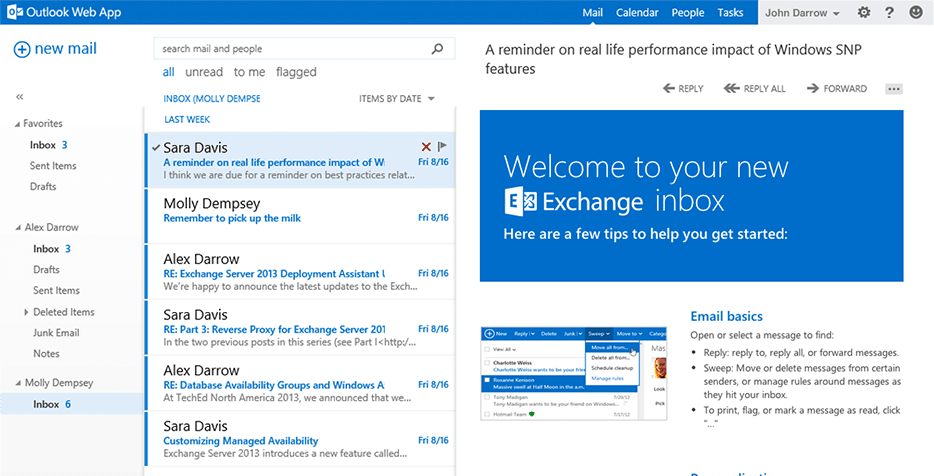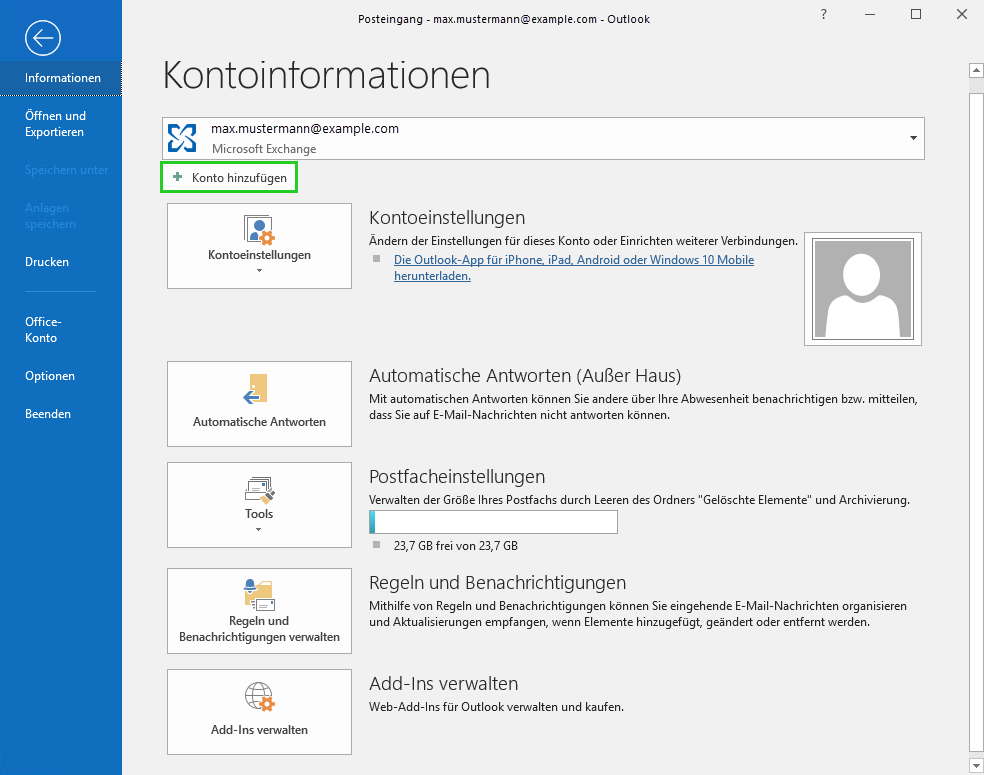
Why should you upgrade to Exchange Server 2019?īut even if you’re up to date on security patches, you still need to plan to move off of Exchange Server 2013 in the next few months. With the most recent updates, Exchange Server supports Windows Extended Protection, which improves Windows authentication protocols to protect against authentication relay or man in the middle attacks. It also had better administration tools, including public folder and mobile device management, better availability with automatic failover, Outlook web access that was almost indistinguishable from desktop Outlook, and a hybrid option that let you start moving mailboxes to the cloud without giving up all your on premises servers. It could scale from a single server to the millions of mailboxes in Office 365. When it came out, Exchange Server 2013 removed a lot of deployment complexity. For more info, visit our Terms of Use page.

This may influence how and where their products appear on our site, but vendors cannot pay to influence the content of our reviews.

We may be compensated by vendors who appear on this page through methods such as affiliate links or sponsored partnerships. With the end of support looming, you need to plan to replace Exchange Server 2013 in the next few months, but there are more options than just upgrading. April is the end of Exchange 2013: Here’s what you need to know


 0 kommentar(er)
0 kommentar(er)
